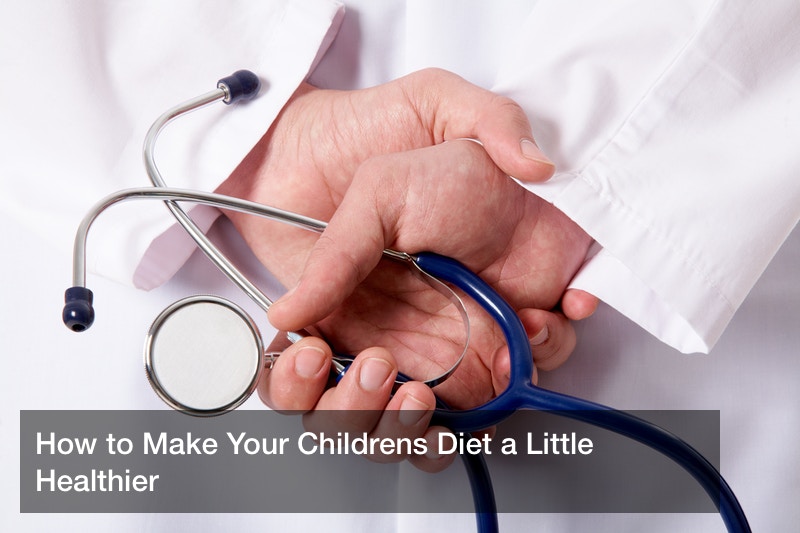
 It turns out all that fuss about drinking at least eight glasses of H2O a day might not hold water.
It turns out all that fuss about drinking at least eight glasses of H2O a day might not hold water.
There’s no doubt that water makes up the majority of our bodies and that we need plenty of it to perform basic functions like waste processing and temperature regulation. Without enough water, we can’t look or feel our best. But some say that we’ve taken the hydration craze a bit too far. In fact, you might believe some exaggerated claims or total falsehoods about how much water we need and the best ways in which to hydrate.
Chronic dehydration has been referred to as “the hidden epidemic,” affecting an estimated 75% of all North American residents. A lot of recent wisdom tells us that if we feel thirsty, we’re already dehydrated. But according to Dr. Dara Huang of New York Culinary Medicine, the sensation of thirst is a pretty accurate way to assess your fluid levels.
As Huang explained to Reader’s Digest, “Dehydration is the body’s natural loss of water through sweat, tears, and breathing. The kidneys control the water balance in the body, and when they sense the need for more water replacement, it sends a message to our brains to drink more water by making us feel thirsty.”
Of course, you shouldn’t rely on feeling thirsty before you remember to drink water. But if you do feel thirsty, you don’t have to freak out that you’re massively dehydrated. The same goes for the color of your urine. If it has absolutely no color at all, you’re maxed out in terms of hydration. Pale yellow indicates that you’re actually hydrated, so you don’t need to chug another bottle of water if there’s some color to it. The average American is drinking 38% more water than they did 15 years ago anyway — so although you should keep an eye on your H2O consumption, you might not need to panic.
On that note, some people actually believe there’s no such thing as over-hydrating, but that’s another lie. This misconception may be especially dangerous for runners, as they may be more prone to a condition called hyponatremia, which can occur when you drink so much water that you decrease your body’s sodium concentration. As a result, someone can become mentally confused, experience convulsions, or even die from too much water.
Whether you jog, do yoga, or work out on one of the two types of exercise equipment (strength or cardio) at your gym, you do need to hydrate. But the “eight glasses a day” figure is rather arbitrary and doesn’t take pre-existing health conditions into account. As a rule, larger people require more water to function and to replace sweat. But if you don’t sweat much or are rather petite, you probably don’t need to consume eight glasses of water a day to maintain the right balance. Keep in mind that drinking tap or bottled water isn’t the only way to hydrate. Sparkling water and even water-rich foods (like watermelon, cucumbers, and spinach) can keep your H2O levels within their proper range.
Finally, you may not realize that how you drink water may not be helping you much. You don’t necessarily need to start your day with a full glass of water, nor will chugging water hydrate you more effectively. In fact, you should drink your water slowly and in smaller amounts throughout the day for best results.
Obviously, you have to remember to hydrate to maintain your health. But there’s no reason to go overboard. In many instances, it’s best to listen to your body (and to your personal physician), rather than believing pseudoscience from the internet. That said, if you’re feeling thirsty after reading this, you might want to go fill up a glass with some nice H2O.



